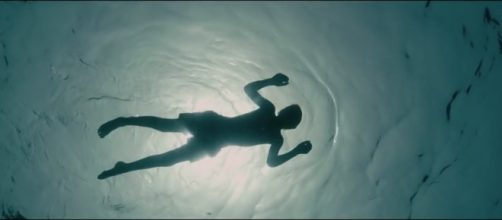As we consider the future of democracy and the values by which we live, I want to share my original work of five decades. The work is the creation of Cybercommunities. The foundation of my thinking is that we can live completely without automobiles. I do not propose that we eliminate the car entirely, only that it is possible.
We could design a walkable community that is protected from most weather. It would require no cars for internal transportation. It would be accessible by foot from end to end and from side to side. There would be a maximum of four levels.
Someone with a taste for good exercise could walk or jog the entire community without passing the same place. Such a community would be no more than a mile across.
Going car free
I call these mile-wide units cybercommunities because they are intended to become a product of the exploding cyber tech world which, as Buckminster Fuller predicted, moves from small to large. I have designed such communities to hold around 10,000 persons.
I have assumed most would work within their community but I see cyber communities as a general model for duplication as needed. It would not be the only form of habitation but it would suggest a move toward local democracy, a more convivial society a vastly more helpful model for security and wellness than today's urban designs provide.
Killing the car-oil economy
By making cars unnecessary, we thrust a stake into the heart of today's car-oil economy. And we open the way for a vastly more lucrative enterprise--the manufacture of the modular elements of all cybercommunities.
Do you remember the Betamax VCR days when one of these products was deemed a winner and the other went wherever it went? We do not want a repetition of that. But if the specs for the modular elements of cybercommunities are uniform, they can be made by any and all. Instead of selling cars and houses, we would be creating and marketing the elements of spaces.
I have proposed that cybercommunities be highly flexible, more like stage settings and less like fixed structures sunk into foundations. I propose that these spatial elements be housed in what I have called a matrix. That will be the theme of a future article.

